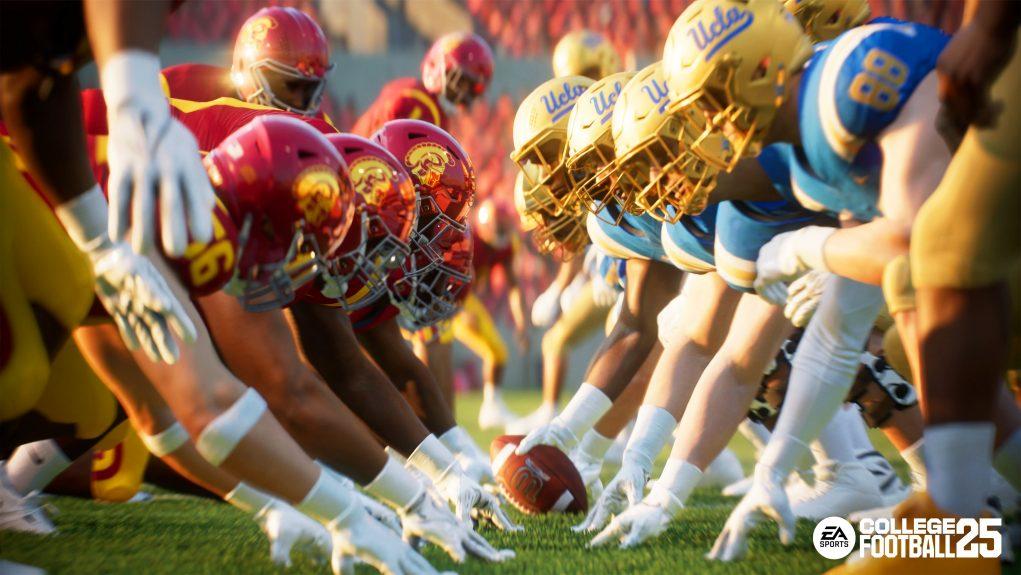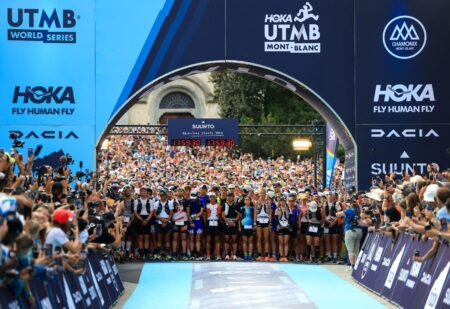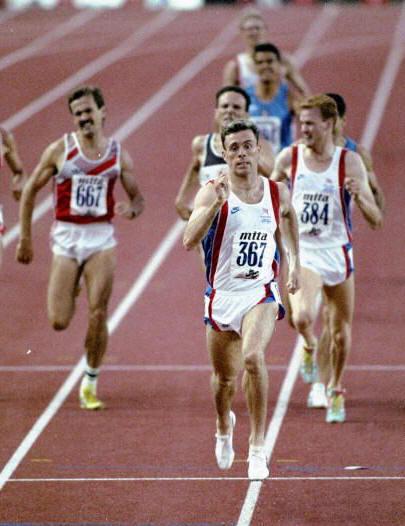Transformative Changes in College Athletics: The NCAA Settlement
A recent federal court hearing has brought to light a groundbreaking settlement that could significantly alter the trajectory of college athletics. This pivotal moment is the result of extensive legal disputes surrounding athlete rights and compensation, which have garnered attention from universities, athletes, and legal professionals alike. The outcome of this case holds the potential to redefine how the NCAA operates and addresses student-athlete welfare across the United States.
NCAA Settlement: A New Era for Athlete Rights
The approval of this landmark settlement signifies a major shift in how athlete rights are perceived within collegiate sports governance. This agreement tackles long-standing issues related to fair compensation and treatment for student-athletes, setting a precedent for a more just system.Various stakeholders—including legal analysts and college sports officials—view this development as an essential step toward acknowledging the notable contributions athletes make to the substantial revenues generated by NCAA events.
The settlement introduces several key reforms designed to improve conditions for student-athletes:
- expanded Scholarships: Increased scholarship offerings that cover full attendance costs.
- health Benefits: Enhanced medical coverage along with long-term care provisions for injuries incurred during competition.
- Name, Image, and likeness (NIL) Rights: New guidelines permitting athletes to earn income from personal endorsements.
this transformative agreement compels the NCAA to reassess its governance framework regarding athlete treatment. As these changes take effect, it will be crucial to observe their implementation effectiveness and their influence on power dynamics between student-athletes and governing institutions.
Impact of the Settlement on Student-Athletes and Universities
This ruling represents a critical juncture not only for student-athletes but also for educational institutions as it aims at rectifying historical inequities within college sports. Student-athletes can now anticipate new financial opportunities previously denied them due to restrictions on profiting from their own identities. This evolution empowers them while affirming their rights as individuals capable of engaging in sponsorships, endorsements, or personal branding ventures—an acknowledgment that fundamentally alters collegiate athletics’ landscape.
For universities, this ruling necessitates a thorough reevaluation of financial models alongside compliance strategies concerning athlete rights management. With heightened scrutiny over how they uphold these rights, institutions must allocate adequate educational resources aimed at supporting students navigating these new regulations effectively. Key considerations include:
- Investment in Compliance Departments: Increased oversight demands robust systems ensuring adherence to evolving NCAA regulations.
- sponsorship Funding Adjustments: Institutions may need reallocation strategies aimed at providing additional support for student-athletes involved in market activities.
- Evolving Educational Programs: Training initiatives focused on financial literacy and brand management will become essential tools protecting students’ interests moving forward.
This settlement fosters an environment rooted in fairness while presenting both challenges and opportunities as universities adapt within this shifting paradigm of collegiate athletics.
The Path Forward: promoting Transparency & Fairness in College Sports
The recent developments surrounding the NCAA settlement highlight an urgent need for enhanced transparency across college athletics operations. In light of these significant advancements, it is vital that the NCAA adopts clear interaction protocols keeping all stakeholders informed about policy shifts along with financial practices through measures such as:
- Pursuing regular public audits regarding revenue distribution alongside expenditures;
- Dedicating extensive disclosures concerning athlete compensation packages;
- Cultivating engagement forums where student-athletes can express concerns or suggestions freely;
Additionally, ensuring equitable resource distribution among all athletic programs should be prioritized by establishing funding formulas addressing disparities seen historically among various sports disciplines—especially those traditionally underfunded like women’s soccer or track events compared with football programs.
An example allocation model might look like this:
| Sport | Current Funding | Proposed Budget Increase |
|---|---|---|
| Football | $5 million | $1 million |
| Women’s soccer | <$1 million $500000 $500000 $500000 $500000 < td >< tr >< td >< tr >< td >< tr >< td >< tr /> | |





